Phone Backgrounds From A Few Disney Movies
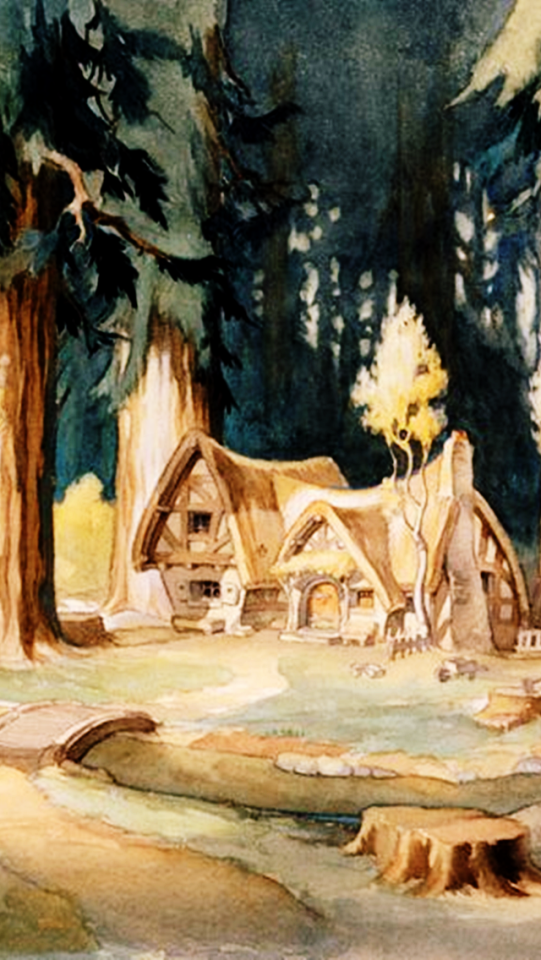
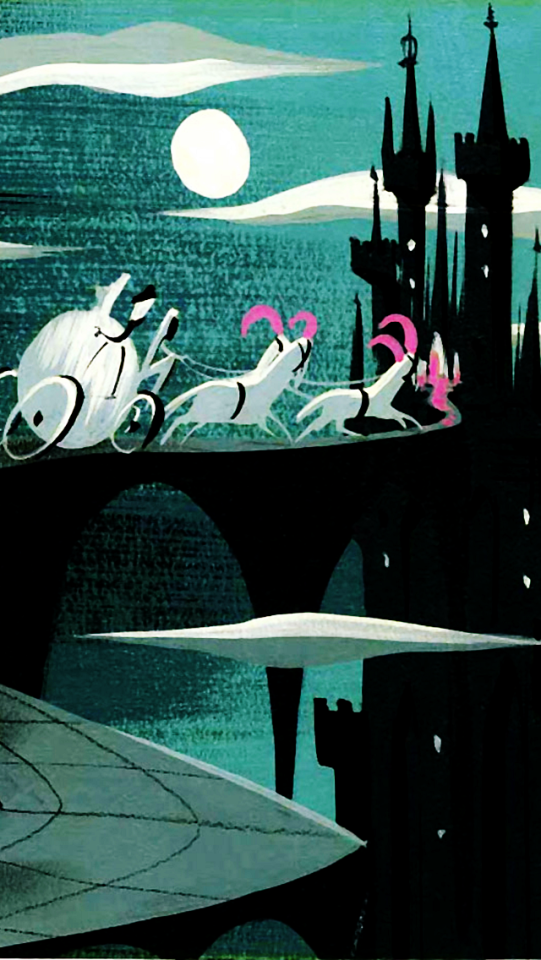

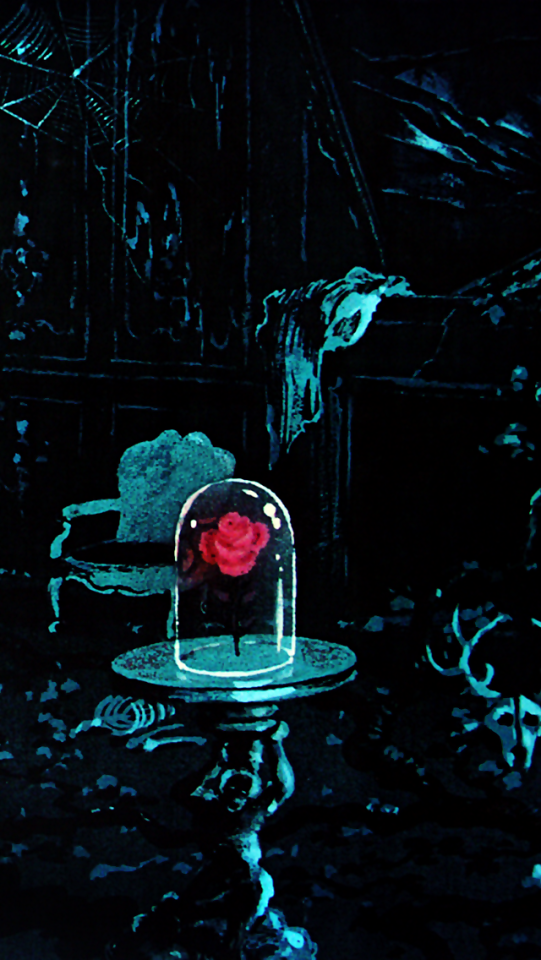
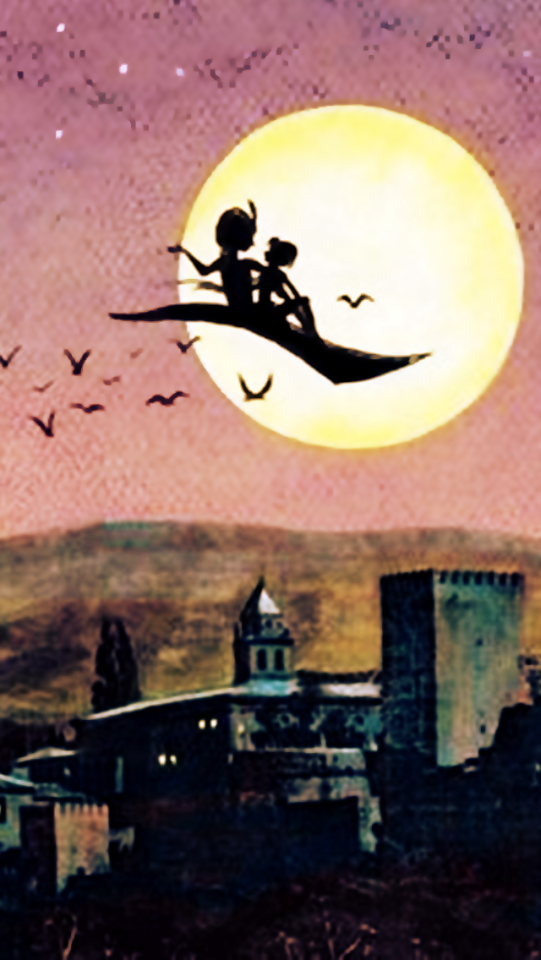
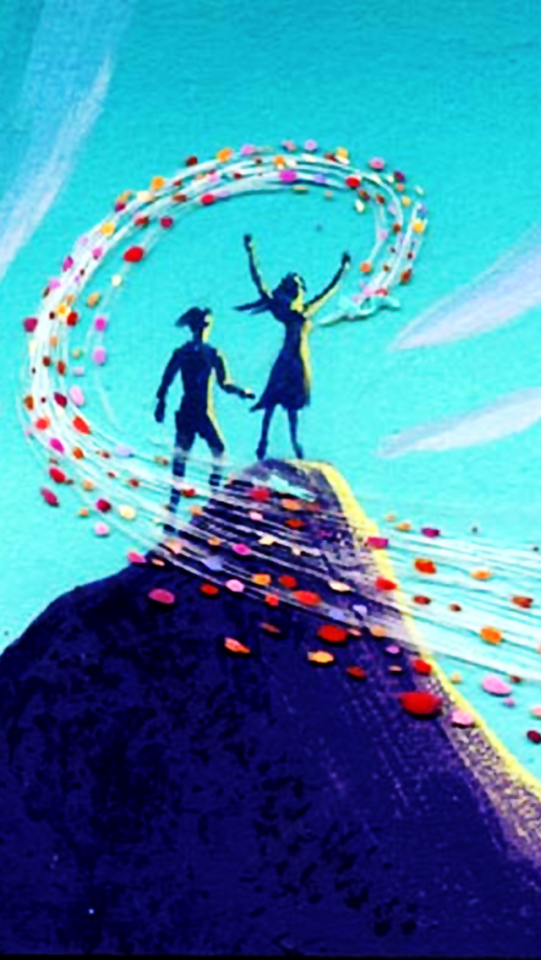



Phone backgrounds from a few Disney movies
More Posts from Smartler and Others
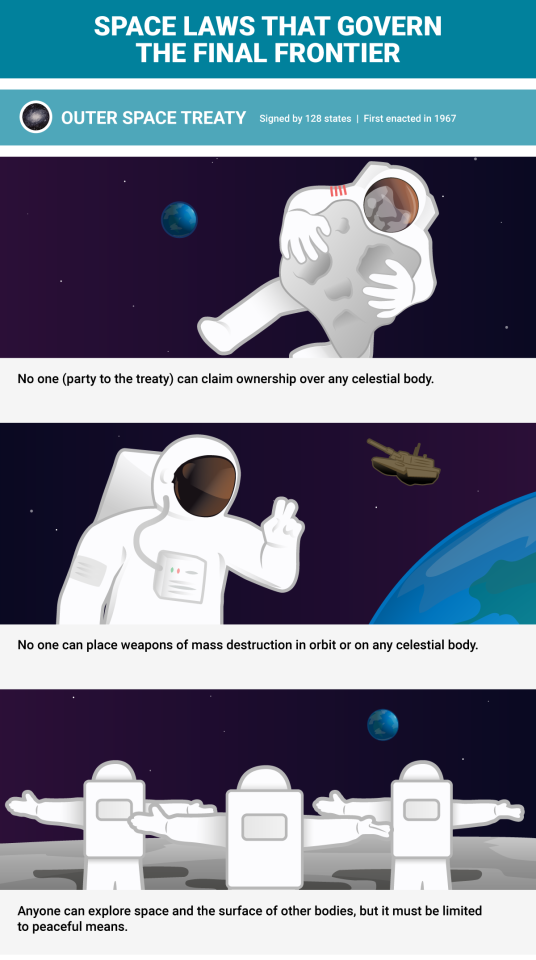

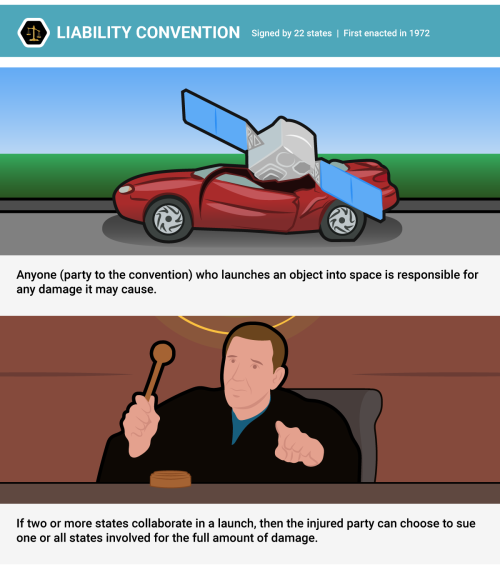


The laws that keep space from spiraling out of control into a political war zone

Street art by SAM3, an artist that paints big as well as small shadows and silhouettes in his urban surroundings.
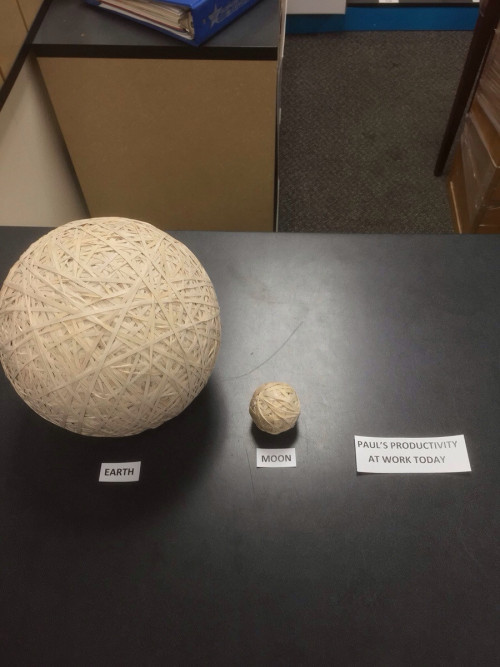
EVERYTIME IT’S ON MY DASHBOARD I WATCH IT AND CRY BEST VIDEO
What is a Supermoon Lunar Eclipse?

We’ve told you that on Sept. 27 a supermoon lunar eclipse will occur in the U.S. And much of the world, but what does that mean?
One important note, is that this event can be referred to in many different ways:
Supermoon Lunar Eclipse
Super Blood Moon
Harvest Moon Eclipse
Supermoon Eclipse
All slightly different names, but apply to the same spectacular event that will occur this weekend.
Since it’s rare that both a supermoon and an lunar eclipse occur at the same time, let’s break it down.
1) Supermoon

A supermoon is a full or new moon that falls closest to the fall equinox, and is at its closest approach to the Earth. This results in the moon appearing up to 14% larger in diameter.
2) Lunar Eclipse

A lunar eclipse occurs when the moon passes directly behind the Earth into its shadow. This can give the moon a red tint.
3) A Supermoon Lunar Eclipse!

The combination of these two events does not happen very often. In fact, since 1900 a supermoon lunar eclipse has only happened 5 times! The last time this occurred was 1982, and if you miss the event this year, your next opportunity won’t come until 2033.
This year, the event will be visible from the Americas, Europe and Africa on the night of Sept. 27. Here’s a full schedule of the supermoon eclipse:

If it’s cloudy in your area on Sept. 27, don’t worry! NASA Television will be providing a live stream of the event, so you can tune in and enjoy the show.
For more information and resources on the supermoon lunar eclipse, visit our page on NASA.gov.
Make sure to follow us on Tumblr for your regular dose of space: http://nasa.tumblr.com
New video on the Hubble Sequence! Had a lot of fun making this one, enjoy!
For anyone interested, this is a lecture we recently helped organise at the University of Glasgow, “Listening to Einstein’s Universe: the hunt for gravitational waves” by Prof. Martin Hendry. I’d suggest giving it a watch it you’re interested, it’s both fun and informative :)

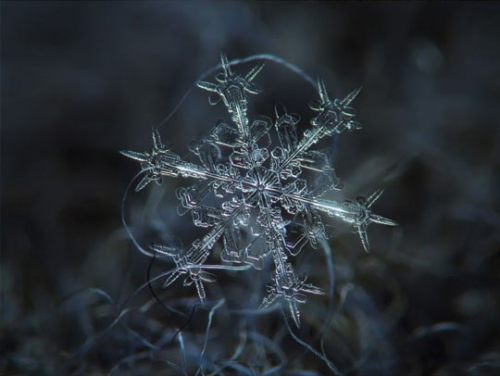
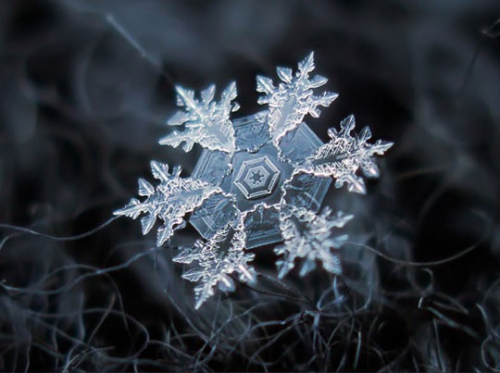
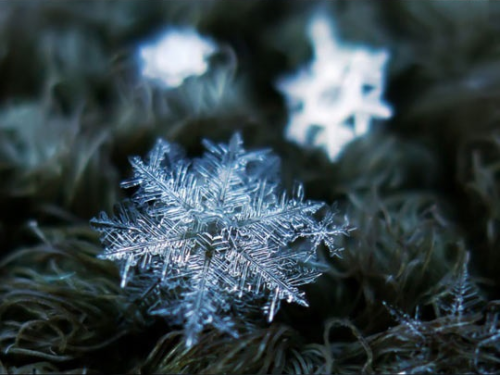
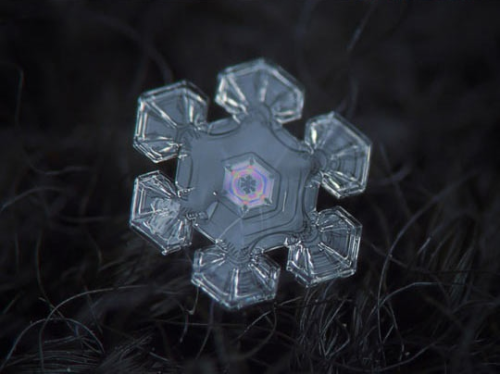

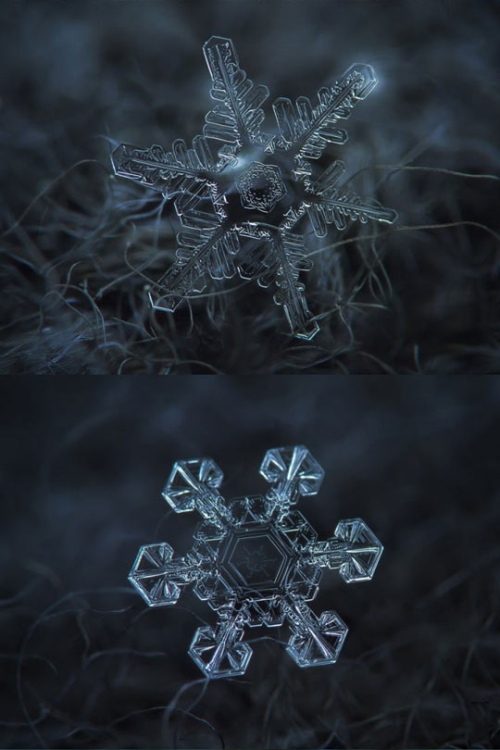



Homemade camera rig takes stunning close-up pictures of snowflakes
Blood, Part 1 - True Blood: Crash Course A&P #29
Now that we’ve talked about your blood vessels, we’re going to zoom in a little closer and talk about your blood itself. We’ll start by outlining the basic components of blood – including erythrocytes, leukocytes, platelets, and plasma – as well as the basic process of hemostasis that stops bleeding, and how antigens are responsible for the blood type that you have. By the end of this episode, you should be totally prepared for your next blood drive.
Table of Contents
The Basic Components of Blood 2:30
Erythrocytes, Leukocytes, Platelets, and Plasma 3:00
The Basic Process of Hemostasis 4:45
How Antigens Are Responsible For Your Blood Type 6:21
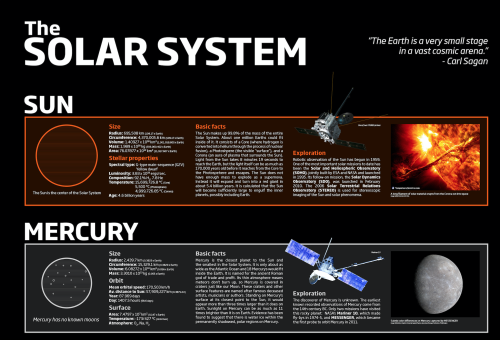
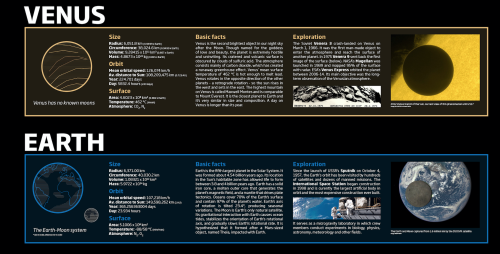
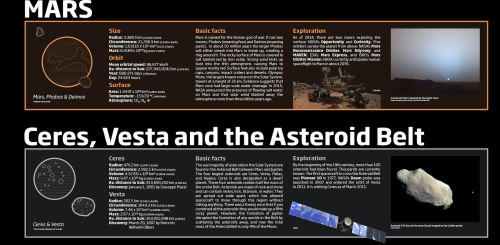
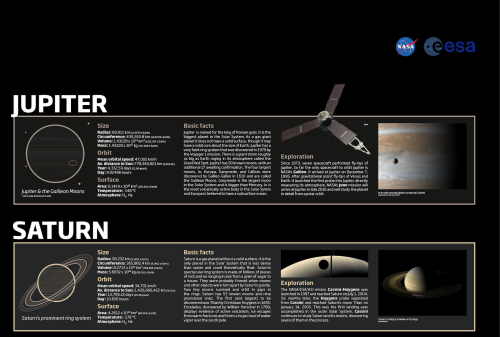
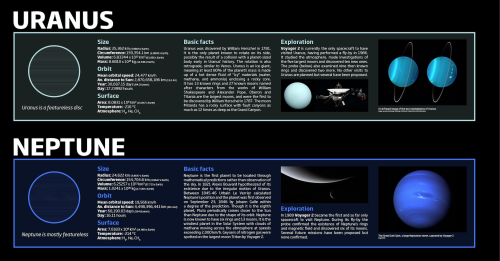
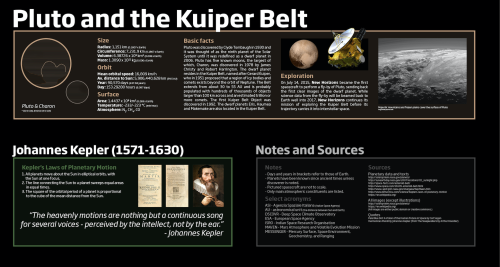
The Solar System
-
 heart-beat-girl reblogged this · 1 year ago
heart-beat-girl reblogged this · 1 year ago -
 heart-beat-girl liked this · 1 year ago
heart-beat-girl liked this · 1 year ago -
 justkaitlin reblogged this · 2 years ago
justkaitlin reblogged this · 2 years ago -
 blueheart222 reblogged this · 2 years ago
blueheart222 reblogged this · 2 years ago -
 blueheart222 liked this · 2 years ago
blueheart222 liked this · 2 years ago -
 eahravinqueen liked this · 3 years ago
eahravinqueen liked this · 3 years ago -
 the-temporary reblogged this · 3 years ago
the-temporary reblogged this · 3 years ago -
 thefableddave liked this · 3 years ago
thefableddave liked this · 3 years ago -
 insomnaniao liked this · 3 years ago
insomnaniao liked this · 3 years ago -
 wwoop reblogged this · 3 years ago
wwoop reblogged this · 3 years ago -
 wwoop liked this · 3 years ago
wwoop liked this · 3 years ago -
 bundyshoes liked this · 3 years ago
bundyshoes liked this · 3 years ago -
 lovesunflower liked this · 4 years ago
lovesunflower liked this · 4 years ago -
 ftmlgang liked this · 4 years ago
ftmlgang liked this · 4 years ago -
 thehillhaseyes liked this · 4 years ago
thehillhaseyes liked this · 4 years ago -
 kirmonster liked this · 4 years ago
kirmonster liked this · 4 years ago -
 adoring-swan liked this · 4 years ago
adoring-swan liked this · 4 years ago -
 spooner-sticks-a-fork-in-it liked this · 5 years ago
spooner-sticks-a-fork-in-it liked this · 5 years ago -
 realtimotheechalamet reblogged this · 5 years ago
realtimotheechalamet reblogged this · 5 years ago -
 esaclasedechica liked this · 5 years ago
esaclasedechica liked this · 5 years ago -
 susurrosdelviento reblogged this · 5 years ago
susurrosdelviento reblogged this · 5 years ago -
 infected-girls reblogged this · 5 years ago
infected-girls reblogged this · 5 years ago -
 repedcinderella reblogged this · 5 years ago
repedcinderella reblogged this · 5 years ago -
 repedcinderella liked this · 5 years ago
repedcinderella liked this · 5 years ago -
 carmodydell reblogged this · 5 years ago
carmodydell reblogged this · 5 years ago -
 cacklingseahag liked this · 5 years ago
cacklingseahag liked this · 5 years ago -
 hannah-must-wander-now-2277 liked this · 5 years ago
hannah-must-wander-now-2277 liked this · 5 years ago -
 lexispoon97 liked this · 5 years ago
lexispoon97 liked this · 5 years ago -
 ffcbd7 liked this · 5 years ago
ffcbd7 liked this · 5 years ago -
 etherealneptunedream liked this · 5 years ago
etherealneptunedream liked this · 5 years ago -
 impossiblycuteturtle liked this · 5 years ago
impossiblycuteturtle liked this · 5 years ago -
 worldoflmagination reblogged this · 5 years ago
worldoflmagination reblogged this · 5 years ago -
 stompingonabeat liked this · 5 years ago
stompingonabeat liked this · 5 years ago -
 electrawaves liked this · 5 years ago
electrawaves liked this · 5 years ago -
 woodybuzz liked this · 6 years ago
woodybuzz liked this · 6 years ago -
 hobbitsareamongus reblogged this · 6 years ago
hobbitsareamongus reblogged this · 6 years ago -
 salaciouscrumbb liked this · 6 years ago
salaciouscrumbb liked this · 6 years ago -
 surrenderdorothyy reblogged this · 6 years ago
surrenderdorothyy reblogged this · 6 years ago -
 offtoneverlannd reblogged this · 6 years ago
offtoneverlannd reblogged this · 6 years ago -
 thesilverstarling reblogged this · 6 years ago
thesilverstarling reblogged this · 6 years ago -
 ohtobesun liked this · 6 years ago
ohtobesun liked this · 6 years ago -
 i-am-a-singularity liked this · 6 years ago
i-am-a-singularity liked this · 6 years ago -
 the-kitty-painter reblogged this · 6 years ago
the-kitty-painter reblogged this · 6 years ago